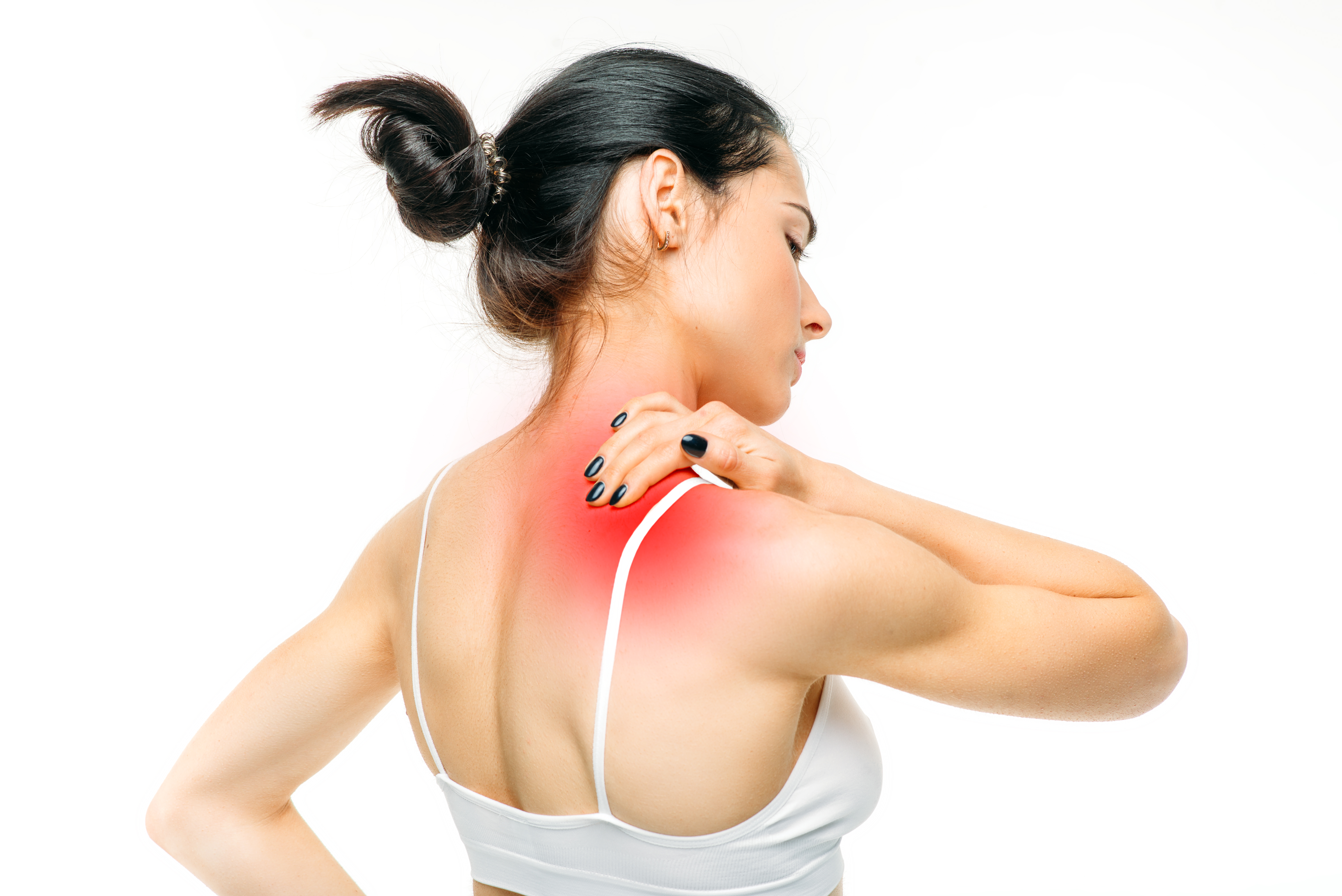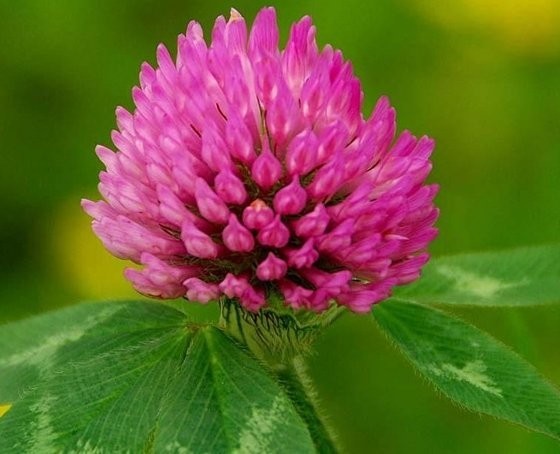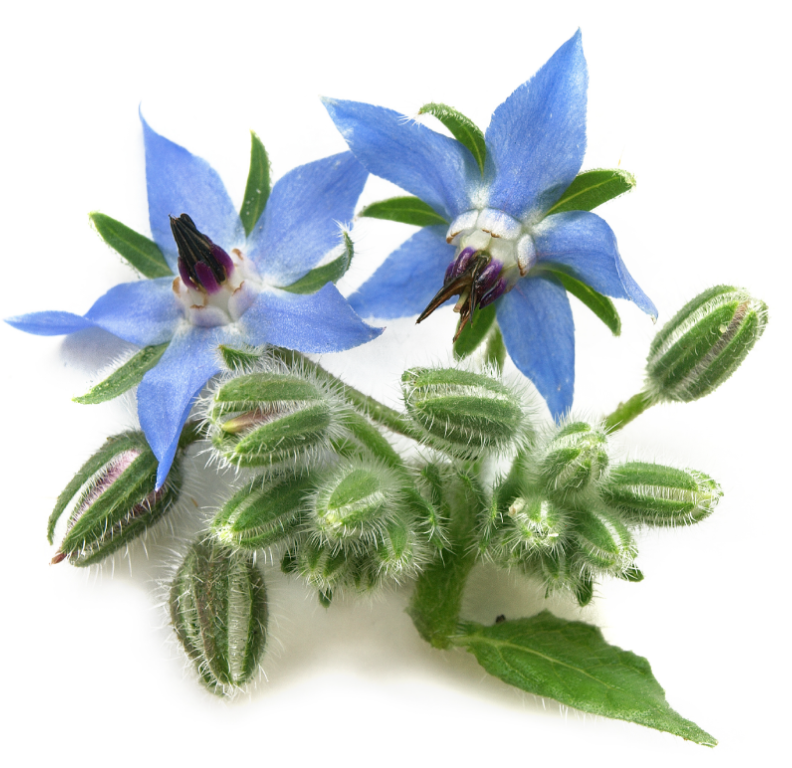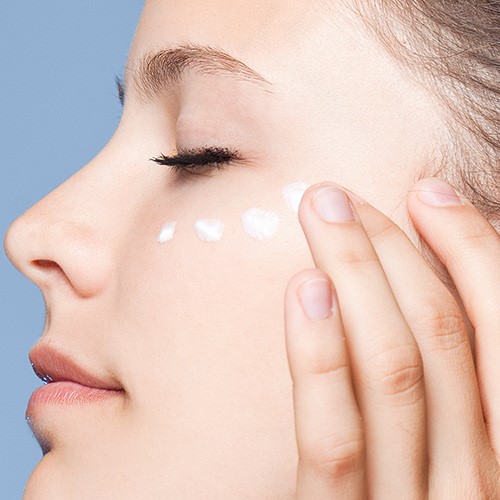Spice Things Up
In this short video we hear Keith Scott MD talk about the many benefits of eating herbs and spices on a daily basis. There is a comparison of the cancer rates between Western diets and herb and spice laden Eastern culture. Studies point to the fact that Westerners consume far less herbs and spices than Easterners whom have a lower risk of the three most deadly cancers; breast, prostate and lung. We can reduce our risks by upping the intake of: turmeric, black pepper, ginger, garlic, rosemary, mustard and chillies.
For more information on how to incorporate these herbs and spices into your daily meals contact: David here: Contact Us or call 352-464-1645
Disease Prevention Trumps Early Detection Everytime
Dr. McDougal, MD has been is a fixture and thorn in the side of his medical colleagues for decades. He is a vocal dissenter of what he says “passes” for evidenced-based medicine and conventional medical treatment options for common diseases. I’ve been working to educate my patients about the role of a high-fiber plant-based diet that supports good health and prevents disease: for years. Are people still going to get sick or experience chronic health conditions? Sure, but for the vast majority of people by adopting changes in their diet has profound and lasting effects on their health. Give Dr. McD 25 minutes of your time to explain what the science REALLY shows about cancer screening and the over-valued benefits of early detection and why the “Gold Standard” of care can be more dangerous than the disease it seeks to prevent.
As always, I am available to discuss your best options to maintain optimal healthy living. Call or text for an appointment today
Best in Health,
David Bibbey, L.Ac, (Dipl. Ac – NCCAOM)
352-464-1645
RoundUp is a probable cancer causer!!
Over 30 years ago, Monsanto Lab tests concluded Glyphosate (Round-Up) exposure was linked to mice developing Non-Hodgkin’s Lymphoma and Renal Tube (Kidney) Cancer. Watch the above video for a little background information and details about how the EPA and Round-Up maker Monsanto have misled the public about the herbicide’s dangers to public health.
Pesticide Alternatives Abound – try this, instead….
Pickle ’em with vinegar:
OK, so it’s not exactly pickling, but by applying this common household item, white vinegar, to weed leaves, they’ll die off and make room in your yard for more desirable plants. The white vinegar sold in grocery stores is about 5% acetic acid, which is usually strong enough for most weeds, although a more industrial strength version (up to 20% acetic acid, which can be harmful to skin, eyes, or lungs) is available in many garden supply stores. The vinegar can be applied by spraying full strength onto the leaves of the weeds, being careful to minimize any overspray on garden plants and nearby soil. Repeated applications may be necessary, and the addition of a little liquid dish detergent may improve the effectiveness of this homemade herbicide.
Season them like chips:
Another common homemade herbicide recipe calls for combining table salt or rock salt with white vinegar (1 cup salt to 1 gallon vinegar), and then spraying this mixture on the foliage of weed plants. Adding liquid soap is said to help the efficacy of this weedkiller, as is the addition of certain oils, such as citrus or clove oil.
Source: https://www.treehugger.com/lawn-garden/homemade-herbicide-kill-weeds-without-killing-earth.html
Chronic Spasms – By Louise Norcross, LMT

If you’re like most people, when you use the word “spasm,” you refer to an abrupt, violent contraction of a muscle in your leg, neck or back. The contraction grabs you in an excruciating strangle hold restricting any further movement. That type is an acute spasm. There is another type called chronic spasm. This type of spasm develops over time due to many factors, such as poor, posture, overuse, underuse and just plain abuse to name only a few. The spasm is of low-grade at first, but then continues to tighten until they wrench your muscles into knotted masses increasing pressure within the muscle.
This then results in compression of vessels-arteries, veins, and lymph channels, that course through the muscle and its fascia. The vessels may partially or even completely collapse. It is at this point the muscle is initially damaged.
Muscle cells must have a regular supply of fresh blood delivered to them. This fresh blood is supplied by arteries containing oxygen, water, vitamins, minerals, proteins, fats, sugars and hormones. When arteries are compressed, enough fresh blood may not reach the muscle, deeming it nutritionally deficient and thus in greater need of nutrition.
Muscles must also be drained of “old” blood and tissue fluid. Veins drain the blood, and lymph channels drain the tissue fluids. The old blood and tissue fluids contain wastes from the muscle’s cells. When the muscle is spastic and its inner pressure increases, the veins and lymph channels, like the arteries are compressed. If the pressure is great enough, they may almost completely collapse. The wastes then back up and stagnate the muscle. If this continues, the wastes poison the muscle.
The inadequate blood supply and wastes damage your muscle’s interior by inflammation. By-products of the inflammation irritate nerve endings, making the muscle painful when you press into it firmly. But unless you press into the muscle, you may not know it’s damaged.
Obviously, then, it is very important to relieve your spasms before they damage muscular tissue.
One of the benefits of receiving therapeutic massage and bodywork is to help to alleviate chronic and acute muscle spasm. Pressure applied into a tight muscle will “milk” it, pushing out stagnant fluid and allowing fresh blood to profuse in that area. This, is why, you may feel light-headed, dizzy, some nausea or a mild headache after a deep tissue massage. The extra-cellular waste accumulated in muscle tissue has been “milked” and sent into the bloodstream. The importance of drinking plenty of water is to help flush this out of your system.
If your interested in therapeutic massage or have questions please call Louise Norcross, LMT at 352-476-5865.
(New client discounts still available)
To learn more about Louise visit: alternative-primary-care.com/louise-norcross-lmt/
Article soure: Spasm by Dr. John C. Lowe
There is hope that the planet will be saved by kids born in the new century.
Let me introduce you to one of those young people – 4th grader Zachary Maxwell of NYC. he has a thought provoking story to tell about over-promising, under-delivering, the sizzle and the steak. It’s a story about his everyday experience and encounter with school lunch, but it is also an example of what happens when the performance standards for people in trusted positions are not held to the highest standards of honesty and reliability. Everyone knows when they are being snowed, even 4th graders.
For a preview of this video click the video image below. For the full length video visit: https://vimeo.com/43793321


352-464-1645
Say Bye-Bye to premature aging, dark circles, puffiness & much more with Anti-Aging Eye Repair Créme!!

Luxuriously rich Anti-Aging Eye Repair Créme™ helps skin rejuvenate at a cellular level! Key natural ingredients help to aid hormone activity to combat free radicals, boost collagen, strengthen and increase skin’s resiliency! Natural antioxidants such as Vitamin K help to diminish signs of premature aging and is unscented (natural fragrances from botanicals removed) for even the most sensitive skin. Benefits include detoxifying, cell regenerative, firming, anti-inflammatory, hydrating, dark circles, puffiness.
Key Features:
- Diminishes signs of fine line etching.
- Detoxifies lymphatic congestion.
- Aids in combating dark circles & puffiness.
- Multipurpose use, great as a lip treatments & fine lines around mouth.
- Excellent for the most sensitive skin.
- Hydrating compounds that protect collagen and elastin.
- Great when cocktailed or layered with Elasticity Booster.
Lets shine some light on a few extremely effective ingredients:

Sunflower Oil – Organic
Rich in antioxidants & anti-inflammatory properties helping to eliminate premature aging combating free radicals and toxins. Also helps create a protective layer shielding environmental toxins. Linoleic acid working with Omega-6 help cell regeneration & to create radiant, glowing skin.

Wild Yam – Organic
Medical Grade & used in micro amounts in it’s natural form, progesterone aids in providing missing hormonal activity to help create moist, hydrated, healthy, youthful skin. Also suggested to enhance DNA synthesis in skin while restoring skin cells. Other benefits include reducing dark spots, hyper-pigmentation, sun damage.

Red Clover Blossom – Organic
Detoxifies lymphatic congestion aiding in reducing dark circles & puffiness. Slows the aging process of skin due to it’s estrogen-like effects. Also ensures appropriate skin thickness & healthy keratinization & vascularity of skin.

Plantain – Organic
Vitamin K when paired with other anti-aging actives helps fade dark circles like nothing else can. Dark circles often caused by weakened capillaries, vitamin K strengthens & increases circulation and reduces fluid retention for a rejuvenated, bright look.
Borage Oil – Organic
High levels of GLA make this ingredient incredibly hydrating & perfect for sensitive skin. Other benefits for anti-aging such as cell regenerative, firming, soothing, moisturizing, anti-inflammatory and revitalizing.

Want to get your own Anti-Aging Eye Repair Créme?
Click here to contact me via our online form, or give us a call.
 Alternative Primary Care
Alternative Primary Care




